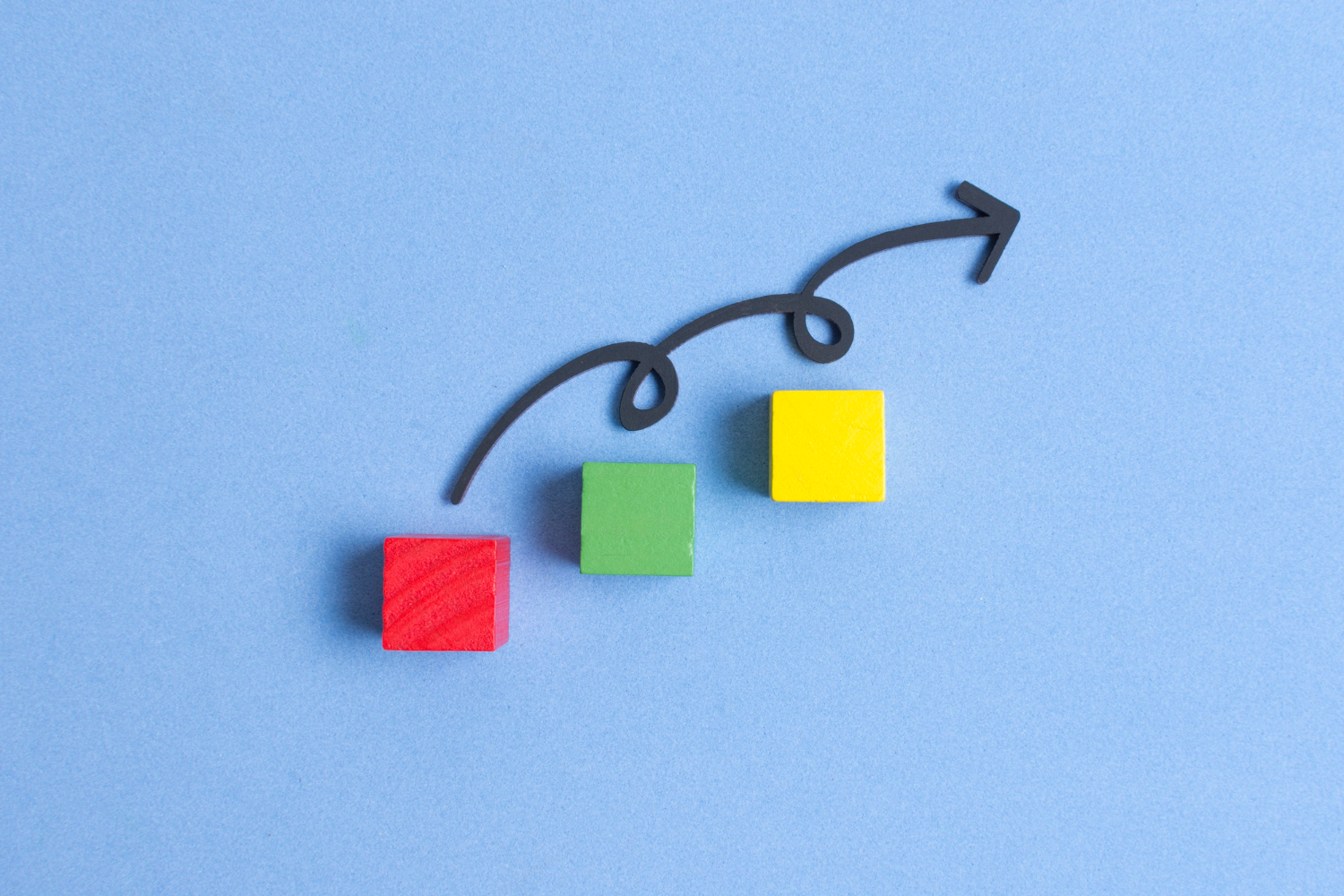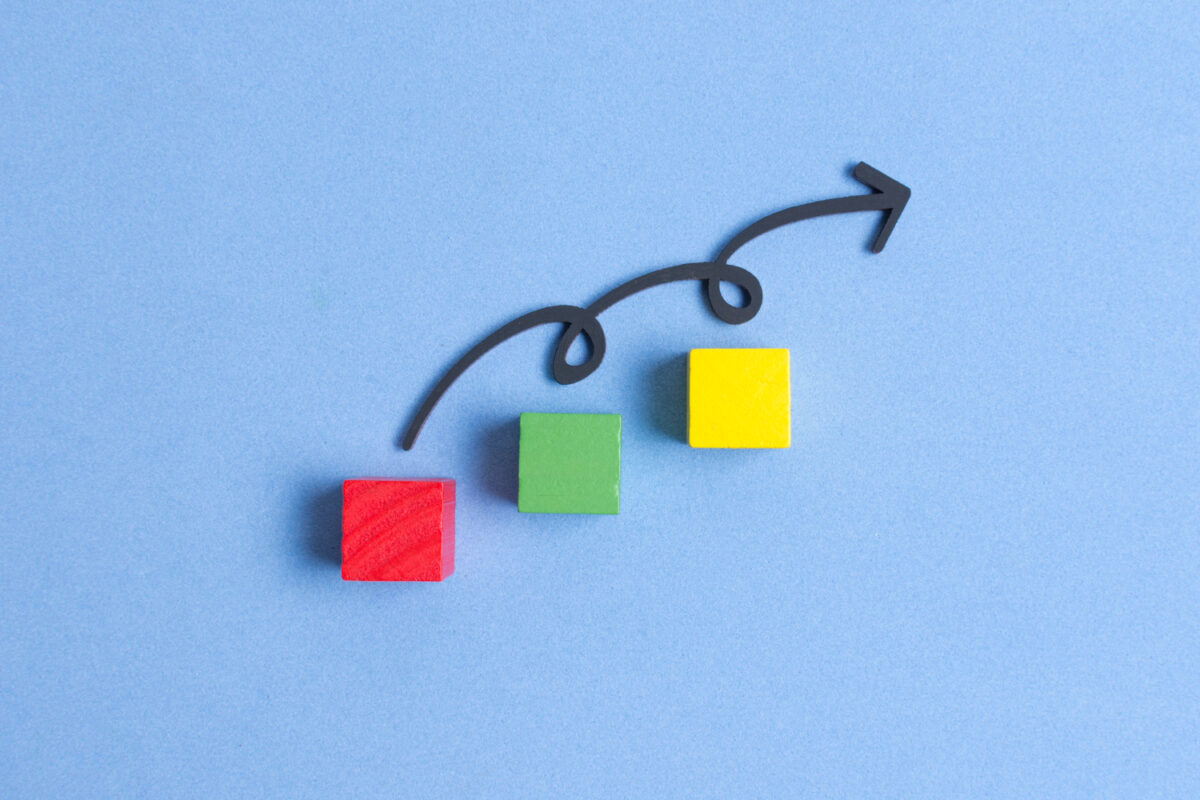
How to Define the Phases of Your Customer Journey: Tips and Advice
Overview
- Digital Customer Journey: Optimize Every Touchpoint for a Satisfying Experience
- Not sure if you’re connecting with your customers? Measure customer engagement.
- Not reaching your audience? Maybe you’re not using the right distribution channels for your service.
- Inefficient Processes Are Costing You Money, Solve It with Generative AI for Sales
- Hit Them Where It Hurts: Learn What a Pain Point Is in Marketing
Every decision we make follows a process until it reaches its fulfillment. When applied to purchases, it is known as the phases of the Customer Journey, ranging from the awareness of a need to its satisfaction. Nowadays, there are different strategies that can be applied to make it a pleasant experience for the user and facilitate their conversion into a customer. In this article, we will tell you what they are.
What Are the Stages of the Customer Journey?
The Customer Journey is literally translated as the "customer's journey" and could be defined as all the experiences a person has regarding a company and the products and services it offers. It is a process of variable duration. While impulse purchases at the supermarket checkout are quick, buying a house can take months. Due to being a significant expenditure, they involve thoughtful consideration.
All the time that passes is what encompasses the different phases of the Customer Journey, which are marketing strategies that guide the potential customer towards the final purchase and subsequent loyalty. These phases are as follows:
Awareness
Users identify a need and seek a solution on the web. It can be a simple search or come from a recommendation or an ad. The goal in this phase is to capture the attention of consumers and make a good impression. SEO positioning is one of the main strategies used, as it ensures excellent visibility. For organizations targeting local markets, local seo is a great choice for building awarness.
Consideration
The second of the Customer Journey phases is consideration; that is, the comparison between different alternatives. Now, consumers are interacting with a brand and its products or services, evaluating what is offered, its features, added services, purchasing channels, etc.
And what strategy can a brand develop? Work on the user experience. To do this, offer different contact methods, incorporate detailed descriptions, include electronic purchasing, secure and reliable payment methods, etc.
Decision
Once the different options have been evaluated, the consumer chooses the one that best fits their needs and preferences. Here, you can intervene through incentives. That is, offering something that sets you apart from your competitors, as it is no longer just about the product's characteristics or the shopping experience.
For example, loyalty programs, discounts for those who have already visited your website or provided their information, accessible and easy return policies, or a persuasive customer service team.
Action
Action equals the purchase, but just because a sale has been made doesn't mean nothing else should be done. If after acquiring a product or service there is no response from the company, the customer may become distrustful, which will tarnish the good impression they had.
To prevent this from happening, you can schedule emails with a summary of the purchase and what will happen next. For example, informing them that the order is being prepared, when it will arrive, or how they can get more information. All of this is part of the after-sales service. If everything goes well and the customer repeats, you would proceed with loyalty, and the customers will become brand advocates.
What is the Customer Journey Strategy?
To carry out a Customer Journey strategy, it is necessary to identify the target customer profile and plan each of the previous phases. This implies detailing the buyer persona with demographic data, behaviors, and desires.
Secondly, you must develop the purchasing process they will go through, identifying the channels they will choose, preferred touchpoints, or any inconveniences they may encounter in the process. Each of the mentioned phases of the customer journey should be personalized, and to ensure that the objectives are met, clear goals, such as the conversion rate, must be established. Based on the results, changes and improvements will be introduced.
Example of a Customer Journey
If you want to understand how the phases of the Customer Journey work, just imagine or recall how you proceeded when you searched for an item online. First, you may see an article on social media that you like, or you need something at home and go online to look for options.
At this point, you will analyze the characteristics of each product, read reviews, and check the conditions offered by each brand. Once they have been compared, the user chooses one and proceeds to make the purchase; they add the products to the cart and complete the transaction with payment. Afterwards, they will receive information about the order, and some time after the purchase is completed, they will be offered a promotional discount to encourage them to buy products from the brand again.
If you want to develop a comprehensive Customer Journey strategy from a single management platform, Indigitall is what you need. It's an all-in-one solution from which you can analyze your potential customers and improve their shopping experience, while optimizing marketing and sales strategies and strengthening your company's image. Contact our sales team for more information!



